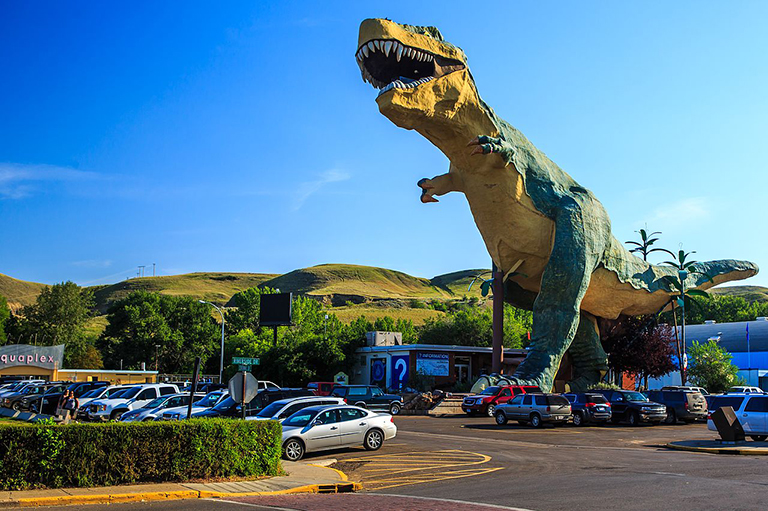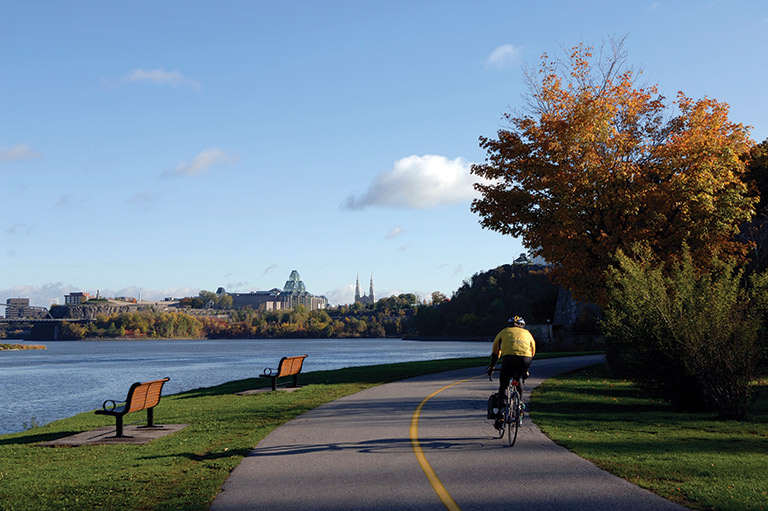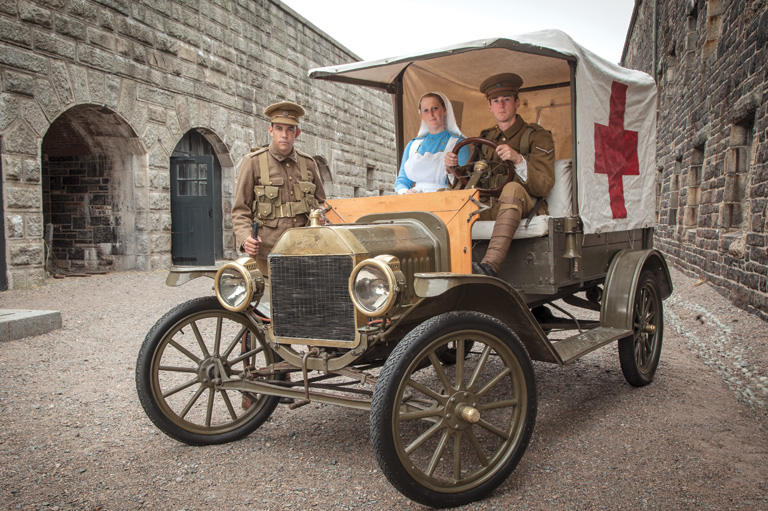Down by the Riverside
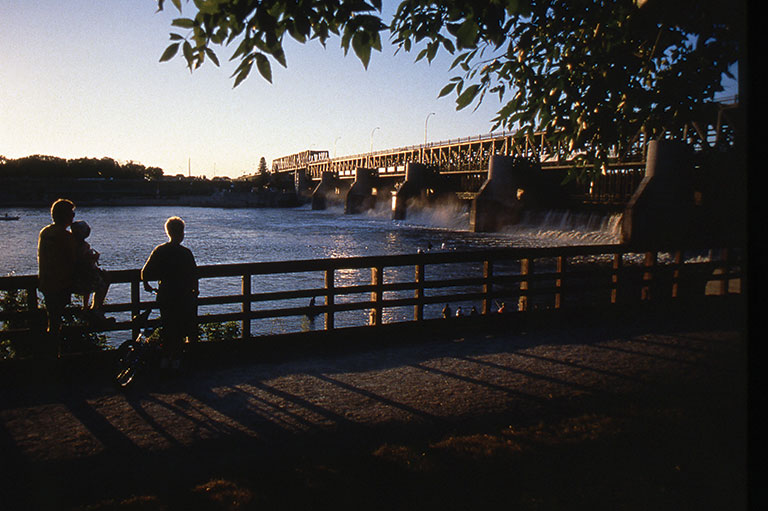
River Road Heritage Parkway winds along the west bank of the Red River north of Winnipeg, the oldest public right-of-way west of Ontario. But its origins go back much further, for people travelling from the upper Red and Assiniboine Rivers to Lake Winnipeg used this route for millennia.
The focal points of a trip down River Road today – St. Andrew’s Church and Rectory, St. Andrews Lock and Dam, and Lower Fort Garry, all national or provincial historic sites – frame the reasons that so many came this way for so long: the rapids of the Red River. Here, where the broad, silty river tumbled over a series of limestone ledges en route to the lake, is one of the best fishing spots in the country. Fishers still line the banks above and below the dam (which drowned the rapids nearly a century ago), pulling out everything from pickerel to huge catfish. The “big cats” must be thrown back, but the thrill of even a brief face-to-face encounter with one of these venerable giants more than makes up for the loss.
On both banks, the soil is deep and rich, thanks to uncounted inundations of the river, and archaeologists have found evidence here of a large farming community that goes back six centuries. European settlement is more recent, beginning in the early 1820s, when the Hudson’s Bay Company, faced with a surfeit of employees who were loath to return home to Orkney or Scotland, designated the west side of the river, north of the slightly earlier Selkirk settlement, as farmland.
Recognizing an opportunity, William Cockran, an energetic Scot with the Church of England Missionary Society, arrived in 1830. “I fixed myself upon a bank at the rapids,” he wrote, “and wrought on ’til I got a house built for myself – then I assembled the people and preached to them.” The result was St. Andrew’s-on-the-Red, the oldest church west Costumed interpreters at Lower Fort Garry of the Great Lakes. In 1844, veteran Scottish stonemason Duncan McRae was employed to build a new church building, using Tyndall limestone quarried nearby. Constructed in a Gothic Revival style, with kneelers upholstered in bison hide, the church is still in use today. Adjacent St. Andrew’s Rectory, a fine example of Red River architecture, still houses the parish rector on its second floor; the main floor offers displays and information about the rectory, the church, and its historic cemetery.
A stone’s throw north is Captain Kennedy House, a two-and-a-half-storey mansion set amid enchanting English gardens. Built in 1866 for HBC trader and Arctic adventurer William Kennedy, the restored residence features a charming period teahouse between May and October. Year-round it’s said to house a ghost.

Farther north is the St. Andrews Lock and Dam, a national historic site in Lockport. And across the bridge is the aptly named Kenosewun (Cree for “there are many fishes”) Centre, with its archaeological displays and tourist information, in a parklike setting with footpaths overlooking the ancient fishing site.
For many, Lower Fort Garry is the highlight of the tour. Governor George Simpson ordered the construction of the magnificent limestone-walled creation below the rapids in 1830. The location soon proved inopportune and Upper Fort Garry was begun thirty-two kilometres upstream at The Forks, the confluence of the Assiniboine, five years later. But what was once a commercial disadvantage proved an advantage historically, for Lower Fort Garry is now the oldest intact stone fort in North America. Staffed by costumed interpreters and boasting an excellent visitor centre, it’s the focus of an entertaining schedule of events from mid-May to Labour Day.
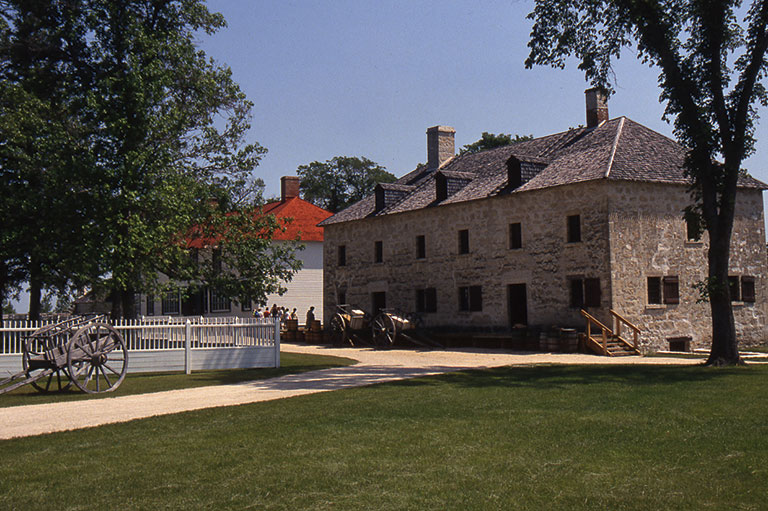
And who says history does not repeat itself? Between 1830 and 1870, River Road was among the most sought-after real estate in Manitoba; the lavish homes going up along the winding road indicate the same is true today.
Themes associated with this article
Advertisement

